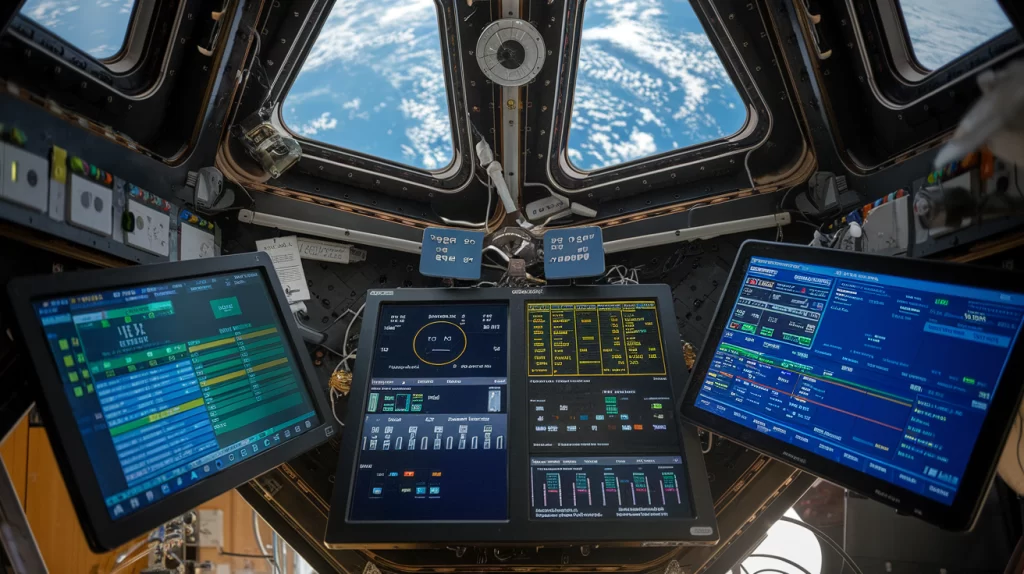The era of next-generation satellite technology has arrived, with space on-board computing platforms setting new standards in communication, navigation, and data processing. The market for these advanced systems is projected to reach $2.3 billion by 2027, driven by an exponential increase in satellite missions and the need for real-time, adaptable solutions in space. From low Earth orbit (LEO) constellations providing high-speed internet to geostationary (GEO) satellites adjusting to evolving market demands, on-board computing platforms are redefining satellite functionality.

Download PDF Brochure @
https://www.marketsandmarkets.com/pdfdownloadNew.asp?id=227324327
Real-Time Adaptability with Software-Defined Satellites
Traditional satellites were often mission-specific and limited in adaptability. Today, however, software-defined satellites empowered by cutting-edge on-board computing platforms can change applications mid-mission. This flexibility allows GEO satellites, for example, to pivot between broadcasting, internet services, and military applications, enhancing their lifespan and utility in space.
Autonomous Navigation and Precision
For satellite navigation, on-board computing platforms have evolved to support more autonomous functionality, such as using real-time data for pinpoint accuracy. Small and mid-sized satellites, which are crucial for precise GPS and navigation services, now rely on robust on-board systems that process and adjust navigation data autonomously. This not only boosts navigation accuracy but also enables detailed mapping and monitoring across sectors like agriculture, logistics, and environmental tracking.
Advanced Communication with AI-Powered Systems
AI and machine learning (ML) integration into on-board computing platforms marks a new frontier in satellite communication. Satellites equipped with AI can prioritize and analyze data before transmission, reducing the amount of information that needs to be sent back to Earth. This is particularly beneficial for high-bandwidth applications in earth observation, climate monitoring, and scientific research, where real-time decision-making is essential.
Smaller Satellites and Efficient Cost Structures
The rise of smaller, more cost-effective satellites is reshaping the industry, and on-board computing platforms play a vital role in supporting this shift. Today’s micro and nano-satellites, often used in LEO constellations for services like remote sensing and communication, are designed with miniaturized computing platforms that pack a high processing capability into a small footprint. This combination allows for rapid deployment and scalability while maintaining low operational costs.
Key Technological Advancements and Market Leaders
Radiation-hardened components and multi-frequency compatibility have become essential for space on-board computing platforms operating in high-radiation orbits like GEO. Companies like BAE Systems and Lockheed Martin are pushing the envelope, developing systems that can withstand extreme space conditions and ensure mission longevity. These advancements are crucial as the demand for satellite missions grows, with applications spanning commercial, governmental, and scientific sectors.
Ask for Sample Report @
https://www.marketsandmarkets.com/requestsampleNew.asp?id=227324327
The Future of Communication and Navigation
Space on-board computing platforms are paving the way for a smarter, more responsive space infrastructure. Their role in enabling flexible satellite functions, processing power, and real-time adaptability promises to shape the future of satellite communication and navigation, from connecting remote communities to managing global logistics networks.
With industry leaders investing heavily in this area, on-board computing platforms will continue to unlock new potential in satellite capabilities—transforming how we navigate, communicate, and observe the world from space.